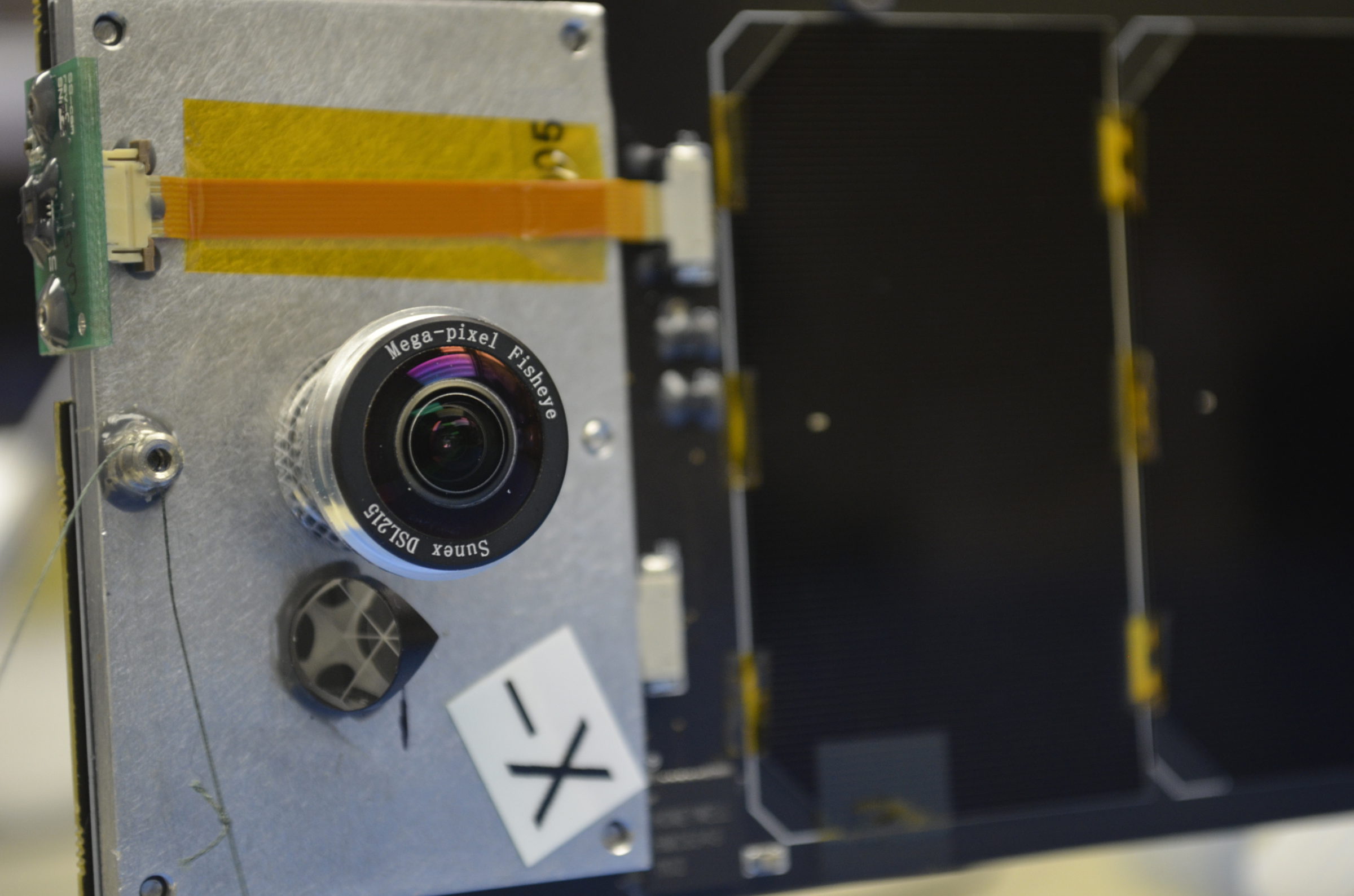Jason Davis • Jun 03, 2015
LightSail Solar Panel Deployment: No Pics, but Data Look Good
The Planetary Society’s LightSail test spacecraft didn’t send home pretty pictures of Earth today. But it did relay promising signs that its deployable solar panels swung successfully out into space.
At about 8:10 a.m. EDT (12:10 UTC), the nickel-chromium burn wire inside LightSail’s aft compartment was commanded to heat up and sever the fishing line-like material holding the spacecraft’s four solar panels closed. The panels, attached by hinges to the CubeSat’s front end, must be released to clear a path for solar sail deployment.
LightSail's rotational rate changed, indicating something had happened. But by the time the spacecraft came around the Earth on its next orbit, telemetry showed it had rebooted, and its power levels were trending lower than expected. Encouragingly, temperature sensors onboard the solar panels were a chilly -48 degrees Celsius at reboot time, indicating the panels were no longer pressed against the chassis.
LightSail's cameras, which are mounted to the ends of two solar panels, also experienced the bitter cold. For protection, they are equipped with automatic heaters, which consume about the same amount of power as leaving the cameras turned on. Because the heating of the burn wire had already depleted some of the spacecraft's batteries, it’s possible power levels fell low enough to trigger a failsafe reboot. More analysis, however, is needed to say anything with certainty.
With battery levels continuing to hover around 3.9 volts during subsequent ground passes, the team postponed image acquisition to focus on stabilizing the spacecraft. Ideally, the batteries should be topped off at 4.2 volts before proceeding with power-intensive activities, including sail deployment.
Engineers also saw a third data point to indicate the solar panels were open. The spacecraft's sun sensors normally show 90-degree offsets due to their positions along all four solar panels. After the panel deployment command was issued, the offset angles increased, consistent with the panels rotating into angled positions. (The panels do not flip a full 180 degrees after deployment.)
The spacecraft is out of range until Thursday, with the next ground station pass expected to begin at 4:45 a.m. EDT. A team meeting is scheduled for 9:00 a.m. to discuss the latest telemetry data. With evidence mounting in favor of a successful panel deployment, and an itch to press forward on the solar sails as soon as possible, further test imaging may be scrapped. Providing battery levels return to normal, and any outstanding issues are resolved, a Friday deployment could still be in the works.
Now updated: Relive LightSail's launch with high-resolution images in our media gallery!

Let’s Go Beyond The Horizon
Every success in space exploration is the result of the community of space enthusiasts, like you, who believe it is important. You can help usher in the next great era of space exploration with your gift today.
Donate Today

 Explore Worlds
Explore Worlds Find Life
Find Life Defend Earth
Defend Earth

